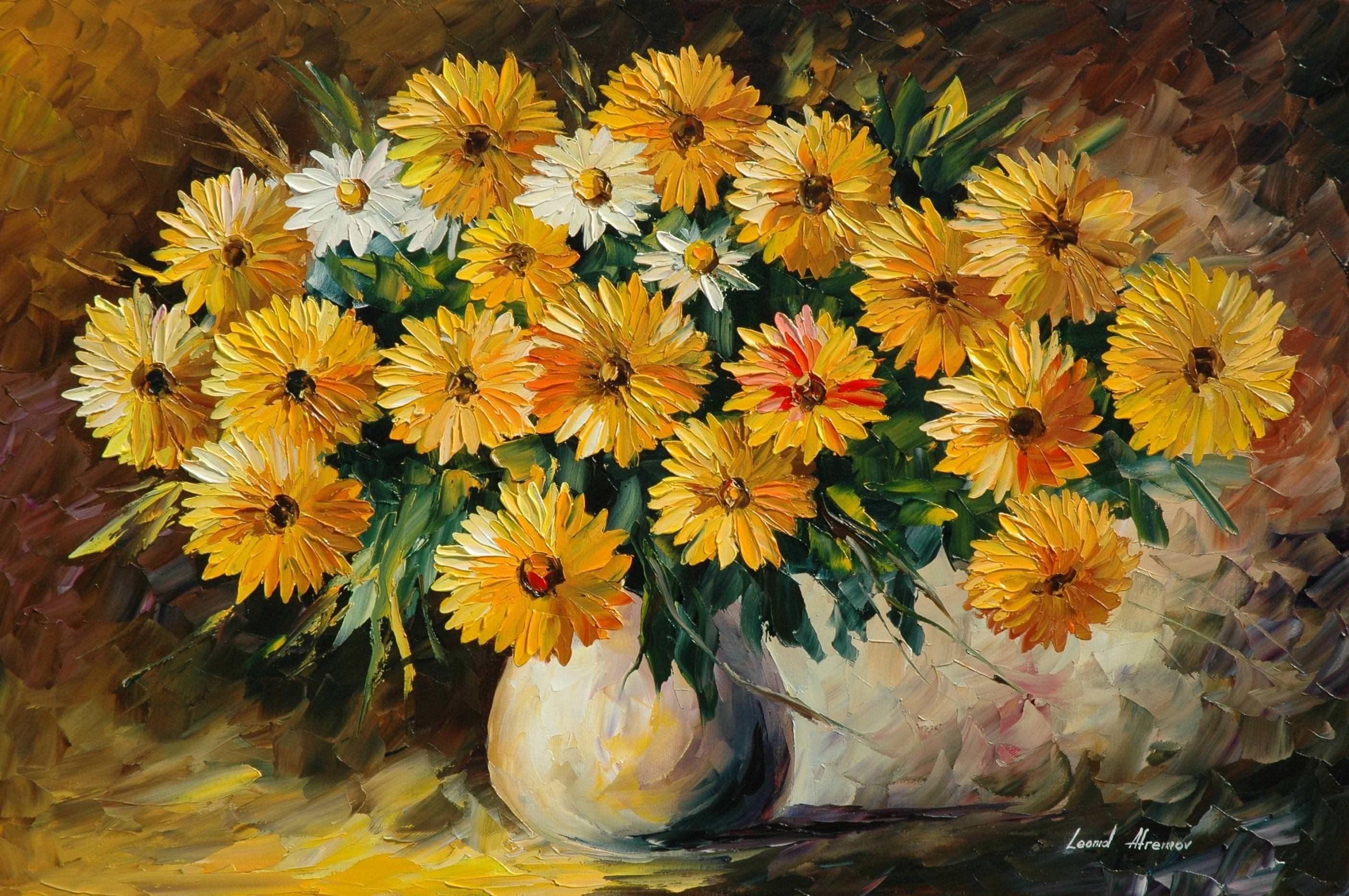
Introduction
Flowers have always been a popular subject for artists, and painting them can be a relaxing and enjoyable activity. Whether you are a beginner or an experienced painter, this step-by-step guide will help you create beautiful flower paintings. In this article, we will explore various techniques, color combinations, and tips to enhance your floral artwork.
Gather Your Materials

Before you start painting, ensure you have the necessary materials. You will need brushes of various sizes, acrylic or watercolor paints, a palette, water containers, a canvas or paper, and a pencil or sketching pen. Having all your materials ready will save you time and allow you to focus on the painting process.
Choose Your Flower Subject

Selecting the right flower subject is crucial for a successful painting. Look for images or real flowers that inspire you. Roses, sunflowers, and tulips are popular choices, but feel free to experiment with different types of flowers. Pay attention to the shapes, colors, and textures of the petals, as they will be the main focus of your artwork.
Sketch an Outline

Start by sketching a basic outline of your flower on the canvas or paper. Use light pencil strokes to capture the overall shape and proportions. Don't worry about adding too many details at this stage; focus on getting the basic structure right. Once you are satisfied with the outline, you can proceed to add more intricate details.
Block in the Background

Before diving into the flower itself, it's a good idea to block in the background. Decide on a color scheme that complements the flower and apply a base layer of paint to the background area. This will provide a contrast and make your flower stand out. Remember to let the background layer dry completely before moving on to the next steps.
Build Layers of Petals

Now it's time to bring your flower to life. Start by painting the innermost layer of petals. Use light brushstrokes and gradually build up the layers, adding more depth and dimension. Pay attention to the different shapes and sizes of the petals. You can use a mix of colors to create highlights and shadows, giving your flower a realistic appearance.
Add Details and Textures

To make your flower painting more captivating, add details and textures. Use smaller brushes to emphasize the veins on the petals or the delicate stamen in the center of the flower. Experiment with different brush techniques, such as stippling or dry brushing, to create interesting textures. These details will add depth and realism to your artwork.
Work on the Stem and Leaves

While the focus is often on the flower itself, don't forget to pay attention to the stem and leaves. Use varying shades of green to depict the stem, adding highlights and shadows to create a three-dimensional effect. For the leaves, observe their shapes and textures, and paint them accordingly. Remember to let each layer dry before adding more details.
Refine and Adjust

Step back and assess your painting. Take note of any areas that need refinement or adjustment. It could be a petal that needs more definition or a color that needs to be modified. Don't be afraid to make changes and experiment. Art is a process of continuous improvement, and refining your artwork will make it more visually appealing.
Final Touches and Highlights

As you near completion, add the final touches and highlights to your painting. This is the time to make your flower pop. Use lighter shades of the petal colors to add highlights and create a sense of light hitting the flower. These subtle touches will enhance the overall realism and make your painting more captivating.
Protect and Display Your Artwork

Once your painting is fully dried, apply a protective varnish or fixative to preserve the colors and prevent any damage. This step is essential for ensuring the longevity of your artwork. Once protected, you can proudly display your flower painting in your home, office, or even consider selling it to art enthusiasts.
Conclusion
Painting flowers step by step is a wonderful way to unleash your creativity and enjoy the therapeutic benefits of art. By following these steps and techniques, you can create stunning floral artwork that captures the beauty of nature. Remember to practice, experiment, and most importantly, have fun throughout the painting process!